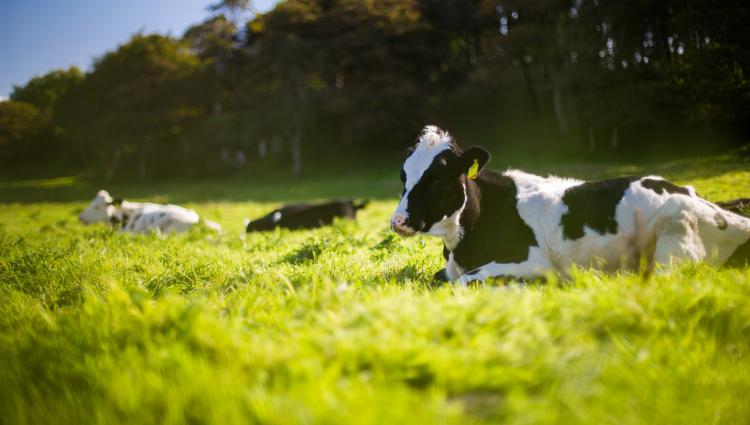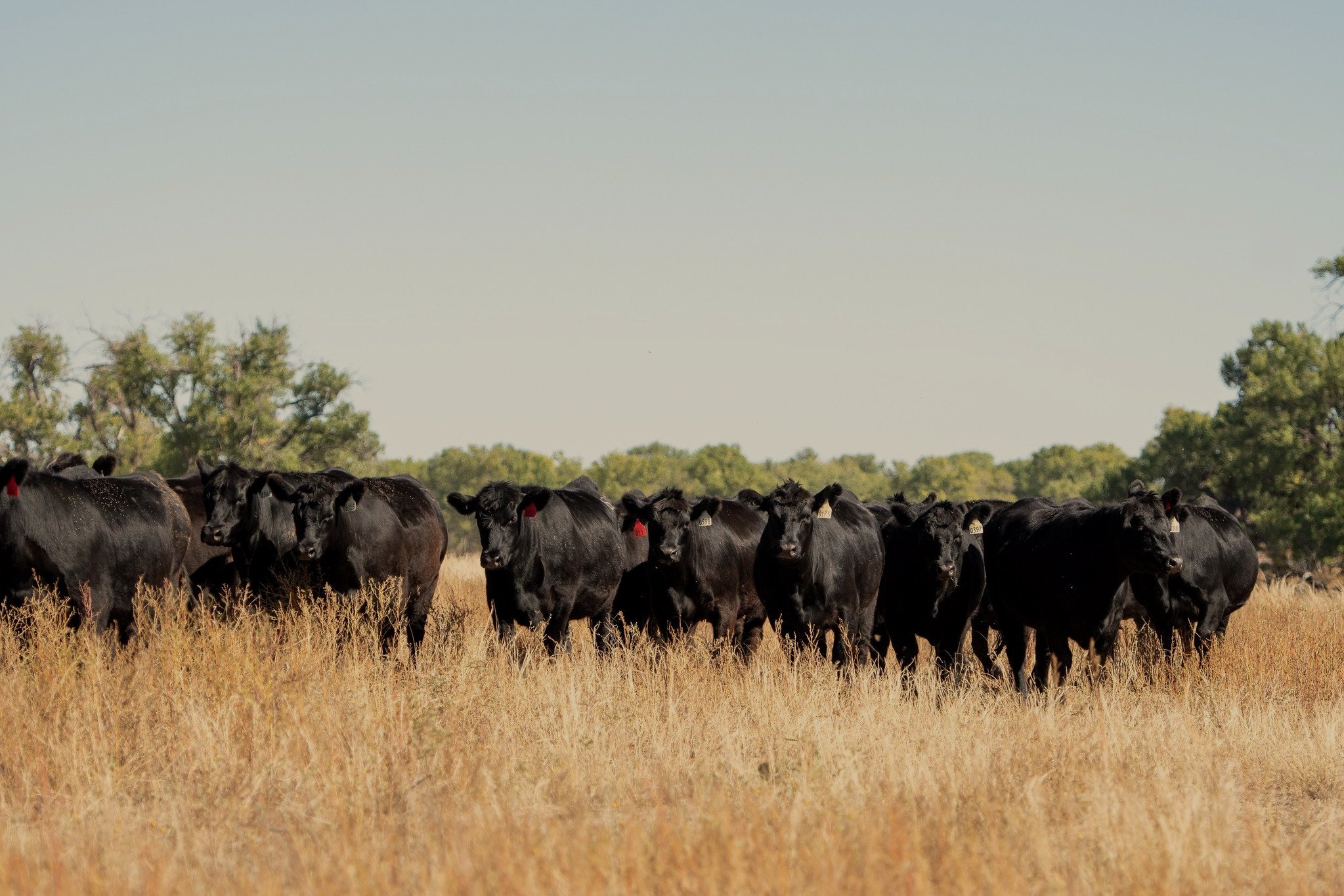Elevate Your Proficiency with Bagley Risk Management
Elevate Your Proficiency with Bagley Risk Management
Blog Article
Comprehending Livestock Risk Protection (LRP) Insurance Coverage: A Comprehensive Guide
Browsing the world of livestock danger security (LRP) insurance policy can be a complex venture for lots of in the agricultural market. This kind of insurance coverage offers a safety and security internet versus market fluctuations and unforeseen conditions that could affect animals producers. By recognizing the intricacies of LRP insurance coverage, producers can make informed decisions that may safeguard their operations from monetary dangers. From just how LRP insurance works to the different insurance coverage options available, there is much to uncover in this detailed overview that can potentially form the way animals producers approach risk administration in their organizations.

How LRP Insurance Functions
Sometimes, recognizing the technicians of Animals Danger Defense (LRP) insurance coverage can be complicated, yet damaging down just how it functions can provide clarity for herdsmans and farmers. LRP insurance policy is a threat monitoring device made to shield livestock producers against unexpected price declines. It's essential to note that LRP insurance policy is not an earnings warranty; rather, it focuses solely on price risk defense.
Qualification and Insurance Coverage Options

When it comes to insurance coverage options, LRP insurance coverage uses producers the versatility to pick the coverage level, insurance coverage period, and endorsements that best suit their threat management needs. By understanding the eligibility criteria and coverage alternatives offered, animals manufacturers can make educated choices to handle threat effectively.
Benefits And Drawbacks of LRP Insurance
When assessing Animals Risk Protection (LRP) insurance policy, it is vital for animals producers to consider the negative aspects and benefits intrinsic in this danger monitoring device.

One of the main benefits of LRP insurance policy is its capacity to provide security versus a decrease in animals rates. Furthermore, LRP insurance coverage provides a degree of flexibility, enabling manufacturers to customize insurance coverage degrees and plan durations to fit their certain requirements.
One limitation of LRP insurance is that it does not secure versus all kinds of dangers, such as disease break outs or natural disasters. It is crucial for producers to carefully evaluate their private danger direct exposure and monetary scenario to figure out if LRP insurance is the appropriate danger management device for their operation.
Comprehending LRP Insurance Coverage Premiums

Tips for Making The Most Of LRP Benefits
Maximizing the advantages of Animals Risk Security (LRP) insurance coverage calls for critical preparation and positive risk monitoring - Bagley Risk Management. To maximize your LRP coverage, consider the complying with pointers:
Consistently Assess Market Conditions: Remain informed regarding market patterns and cost changes in the animals sector. By monitoring these elements, you can make informed decisions regarding when to buy LRP protection to protect versus potential losses.
Establish Realistic Coverage Levels: When choosing coverage levels, consider your manufacturing prices, market price of livestock, and potential risks - Bagley Risk Management. Establishing realistic coverage levels makes sure that you are effectively shielded without paying too much for unnecessary insurance
Diversify Your Insurance Coverage: As opposed to counting exclusively on LRP insurance, take into consideration expanding your threat administration strategies. Combining LRP with other risk administration tools such as futures agreements or options can offer thorough insurance coverage against market unpredictabilities.
Evaluation and Adjust Insurance Coverage Consistently: As market problems change, regularly review your LRP protection to guarantee it lines up with your existing risk direct exposure. Changing visit the site coverage degrees and timing of purchases can assist enhance your threat protection approach. By following these tips, you can optimize the benefits of LRP insurance coverage and secure your animals operation against unexpected dangers.
Final Thought
In conclusion, animals danger defense (LRP) insurance coverage is a valuable tool for farmers to take care of the monetary threats linked with their livestock operations. By understanding how LRP works, eligibility and protection options, in addition to the advantages and disadvantages of this insurance policy, farmers can make educated choices to shield their source of incomes. By carefully considering LRP costs and implementing strategies to maximize advantages, farmers can reduce potential losses and guarantee the sustainability of their operations.
Livestock manufacturers interested in acquiring Livestock Risk Protection (LRP) insurance can check out an array of qualification standards and protection choices tailored to their details animals procedures.When it comes to insurance coverage options, LRP insurance coverage uses manufacturers the flexibility to pick the protection degree, coverage duration, and endorsements that best suit their risk administration demands.To grasp the ins and outs of Livestock Risk Defense (LRP) insurance fully, comprehending the variables affecting LRP insurance policy premiums is crucial. LRP insurance costs are figured out by various elements, including the coverage level selected, the expected cost of animals at the end of the insurance coverage duration, the kind of animals being guaranteed, and the size of the protection have a peek here duration.Evaluation and Adjust Coverage On a regular basis: As market problems change, periodically assess your LRP protection to ensure it straightens with your present risk exposure.
Report this page